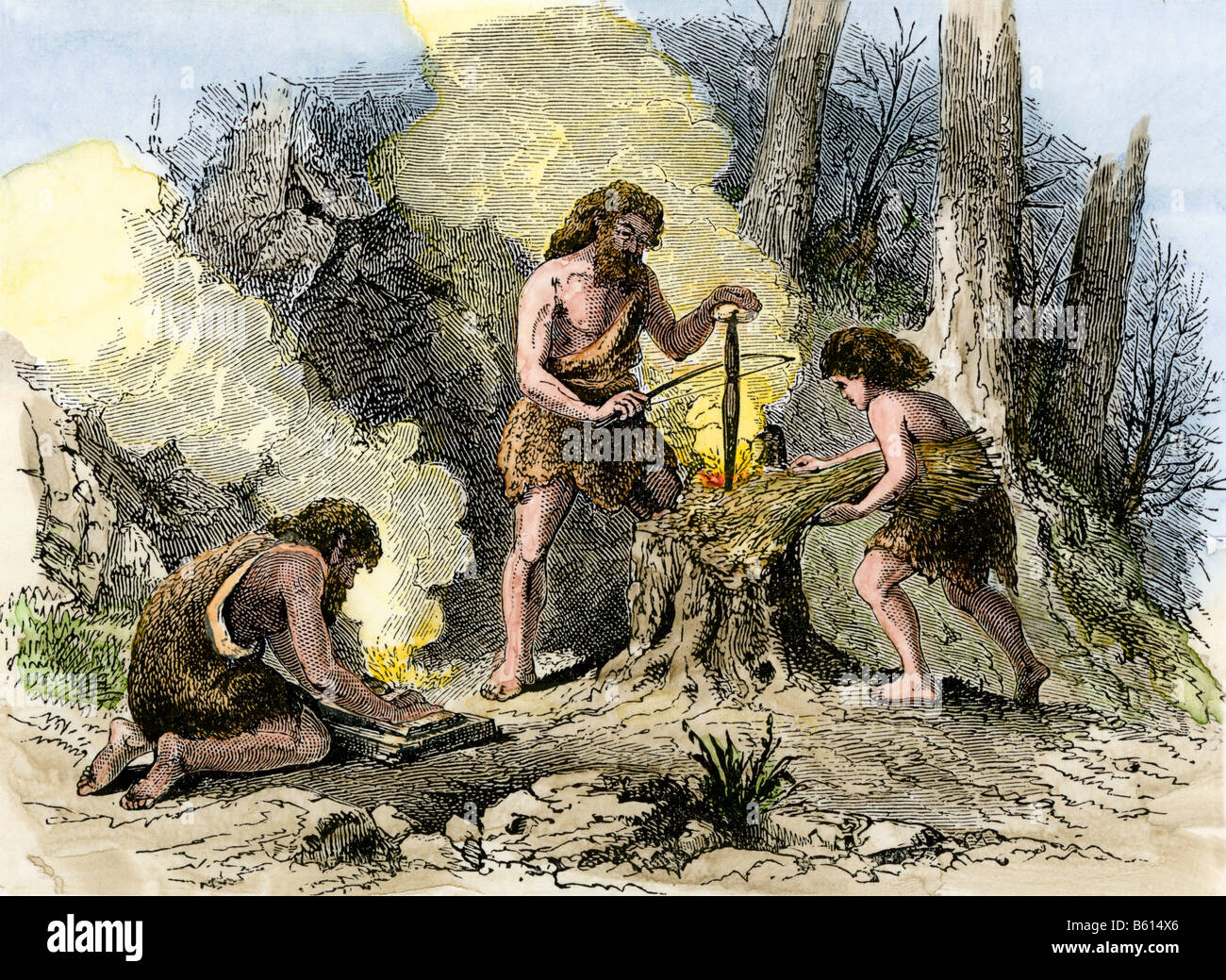few months ago, Oxford Press announced the 2024 word of the year, with that word being brain rot. The simple definition is the supposed frying of your brain from over-consumption of media. I fear for younger generations after me, whose world growing up will be entirely centered around their online social presence.
Media Law and Literacy Blog
Thursday, March 6, 2025
Technology's Relationship with Us
few months ago, Oxford Press announced the 2024 word of the year, with that word being brain rot. The simple definition is the supposed frying of your brain from over-consumption of media. I fear for younger generations after me, whose world growing up will be entirely centered around their online social presence.
In the Age of AI
I was struck to see the benefits AI has in medicine. It allows doctors to be able to identify problems in scans that could go unnoticed or, by processing huge amounts of data that support cancer research. In addition to that, it has a positive impact on social media and public relations by assisting in streamlining marketing or consumer analysis. This, in turn, revolutionizes how the business market succeeds. The potential benefits of AI are incredible; this is just the beginning.
Machine Learning and Generative AI
Remember when the idea was that we would have flying cars in the future? Well, we don't have that yet, but we have technology that can learn and grow, just like us.
Diffusion Theory
TikTok
TikTok has recently become one of the most popular apps on the market. It has experienced intense exponential growth since 2018, going from 133 million users to 1,925 billion users worldwide in 6 years. It has reshaped the way media is consumed, with an algorithm-based delivery system that can feed users hundreds of videos relevant to their interests in minutes. Each year, the average screen time on TikTok goes up, with an average of 27 minutes in 2018 and now a whopping 58 minutes. So why did this app catch on so fast? How did it become so popular so quickly?
TikTok's success can be directly applied to the Diffusion Theory. TikTok utilized major influences on the masses to make their platform grow. Their algorithm gave them an advantage over other platforms, allowing random users to go viral instead of basing it on follower count. Simple, fun videos would bring the smallest users millions of views, making users more inclined to be active on the platform. The early adopters of TikTok would be Gen Z, due to the short, music-based videos that were simple and fun to create. Most of the generation was already familiar with this type of media (myself included) due to other platforms like TikTok's predecessor, Musically. TikTok really began to take off when influencers such as Charli D'Amelio skyrocketed into pop culture, bringing more attention to older generations. A specific scenario would be when Charli and another influencer, Addison Rae, went to the 2020 NBA All-Star Game. The content was filmed by ESPN, the athletes, and other companies. This brought major attention to the app, branching it out to all types of people instead of just their users.
Major companies and professionals (actors, athletes, scientists, politicians, etc.) among the prior generation would be considered late adopters. It wasn't until after the monetization and popularity of these influencers that companies would begin to join the app to attempt to make their own products viral and use these influencers to advertise them. Politicians began using the platform as a way to connect with younger audiences, and scientists would use the app to share their discoveries with hopes of becoming famous. These influences caused the app to grow to a wide range of ages and users, and the app has continued to grow and improve to make it more user-friendly and informational for older generations. However, there have been skeptics and nonadopters due to privacy and safety concerns with the Chinese government, while others simply avoid it due to its addictive algorithm.
The benefits of TikTok far outweigh the negative. The app allows users the freedom of expression to create videos as they please, provides entertainment for billions, and allows thousands of businesses to create and sell products online easily. It creates communities similar to platforms like Reddit while combining the entertainment aspect of previous apps like Vine. The app has revolutionized the way social media is consumed, with nearly every platform following a similar swipe-up algorithm.Diffusion Theory allows us to examine technologies such as the iPhone or TikTok and understand why they became so successful or why they fail, providing marketers and companies with the necessary tools to succeed in the online market.
Wednesday, February 12, 2025
EOTO Presentation: The Carrier Pigeon
In class, we had the opportunity to listen to our classmates present about a technology assigned to them.
Tuesday, January 28, 2025
The USB Drive
Creator
Impact on our society
Tuesday, January 21, 2025
Privacy, Online and off
In the current technological era, citizens of nations' privacy remains at risk. As 94.5 percent of internet users today use social media, people's lives have become more exposed than ever. After watching a series of TED talks on privacy, I became aware of just how big of an issue it is.
A quote from one of the TED talks, "How else can one threaten other than with death? Immortality," really stuck out to me. He used that quote to describe how our individual online presence was permanent, and that they would far outlive us, perhaps forever. His comparison to them being "electronic tattoos" was a great way to get the point across. The following TED talk discussed how the government and police use high-power technology to track and collect data on us. Her viewpoint was that we as a people need to stand up for our personal autonomy and protect ourselves from the inevitable abuse of power by the government/police having this information. Her suggestion was to have the government pass laws demanding this information be deleted, only allowing potential criminals/subjects' data to be kept for examination.
All of these privacy issues directly affect me, my peers, and my family. It removes the sense of freedom as an individual knowing that you are being listened to, watched, and collected data at all times. It also makes me feel like I can't trust my own government knowing that I am being observed and everything I do they can access.
According to the videos, we as individuals can simply be cautious of what we post online, say online, or do online knowing that it is permanent. We can also use encryption tools to help prevent wiretaps. Lastly, while I know our government needs to collect data in some aspects for national security, they should limit databases and not collect on each person, just potential threats or targets.













